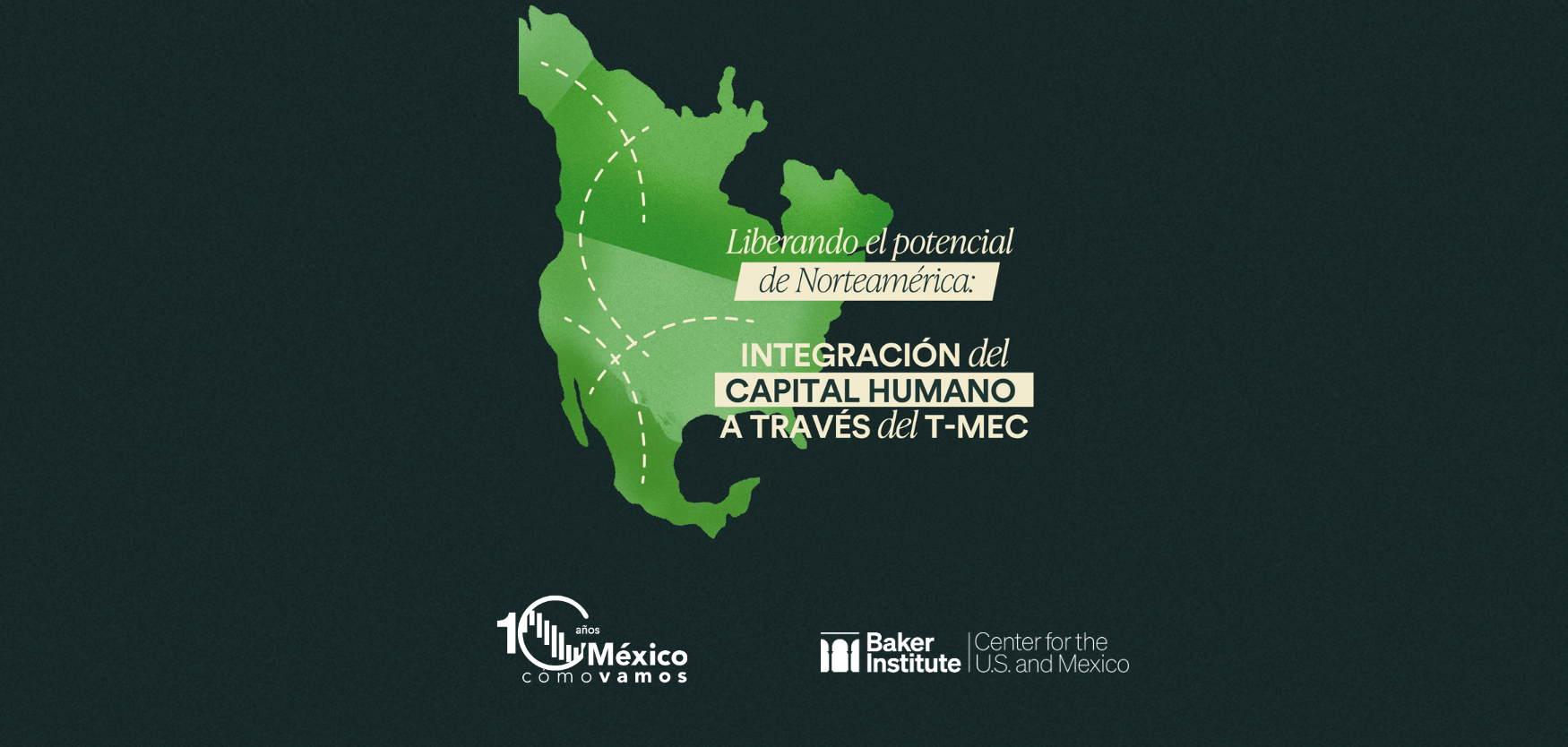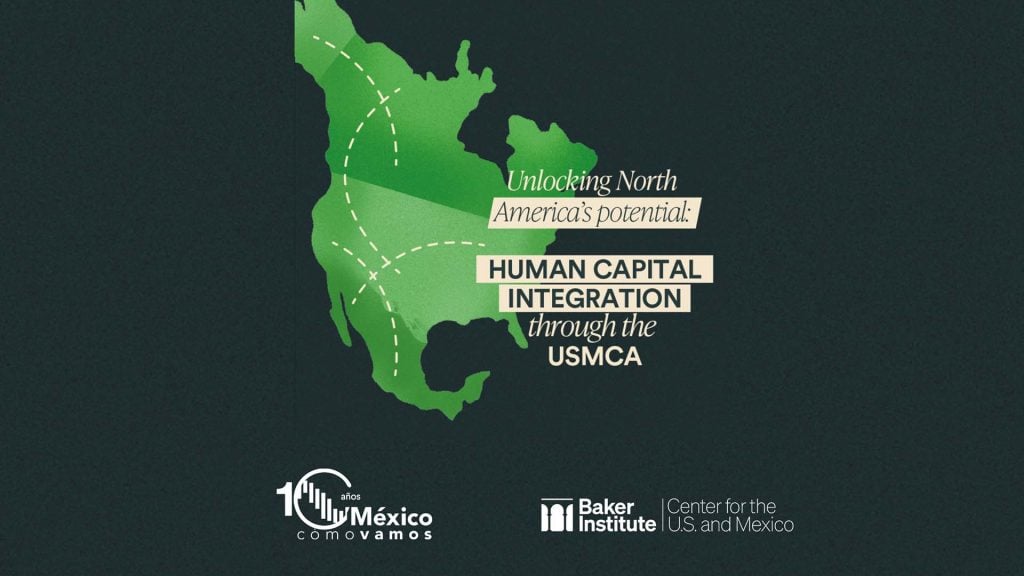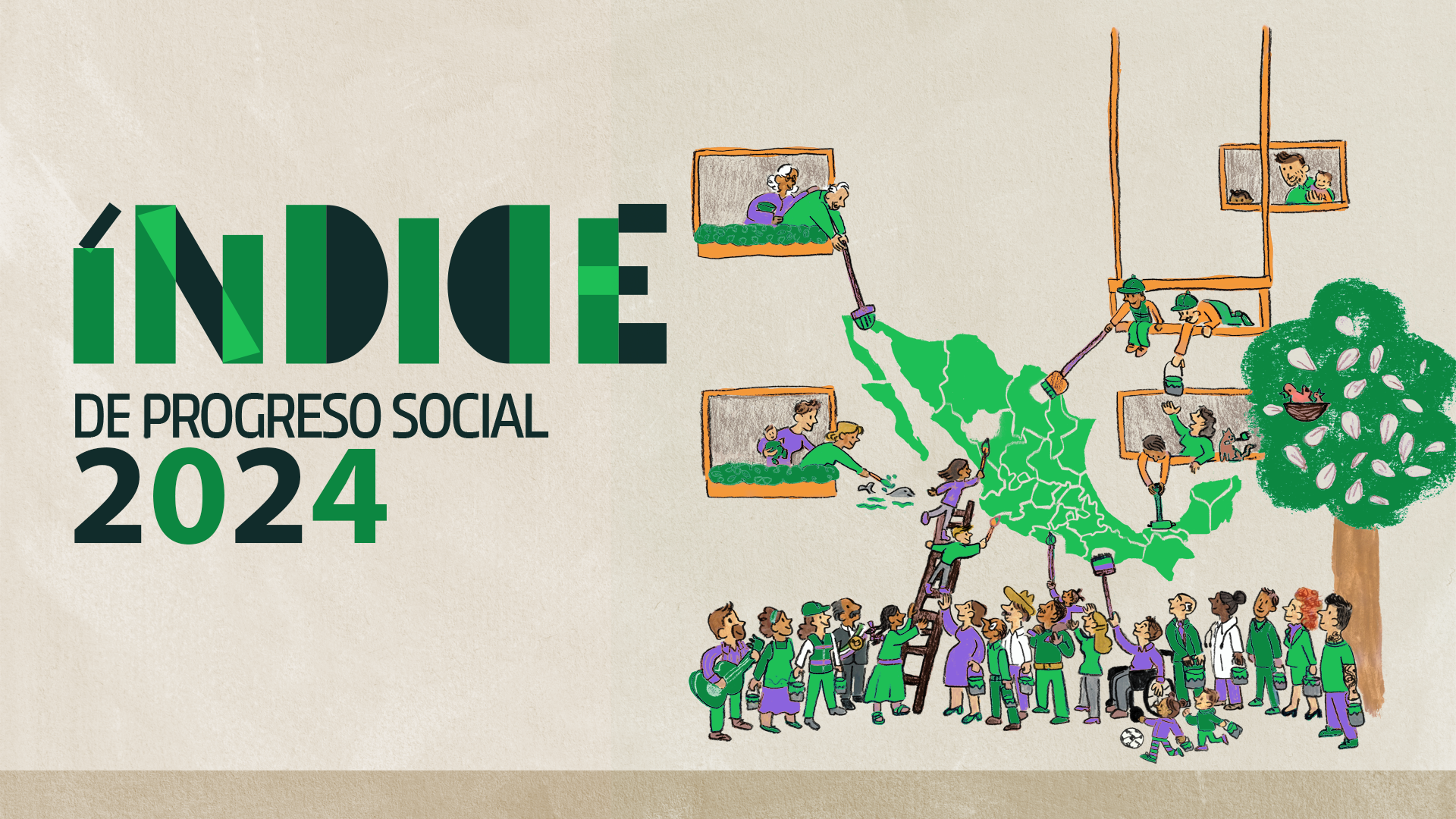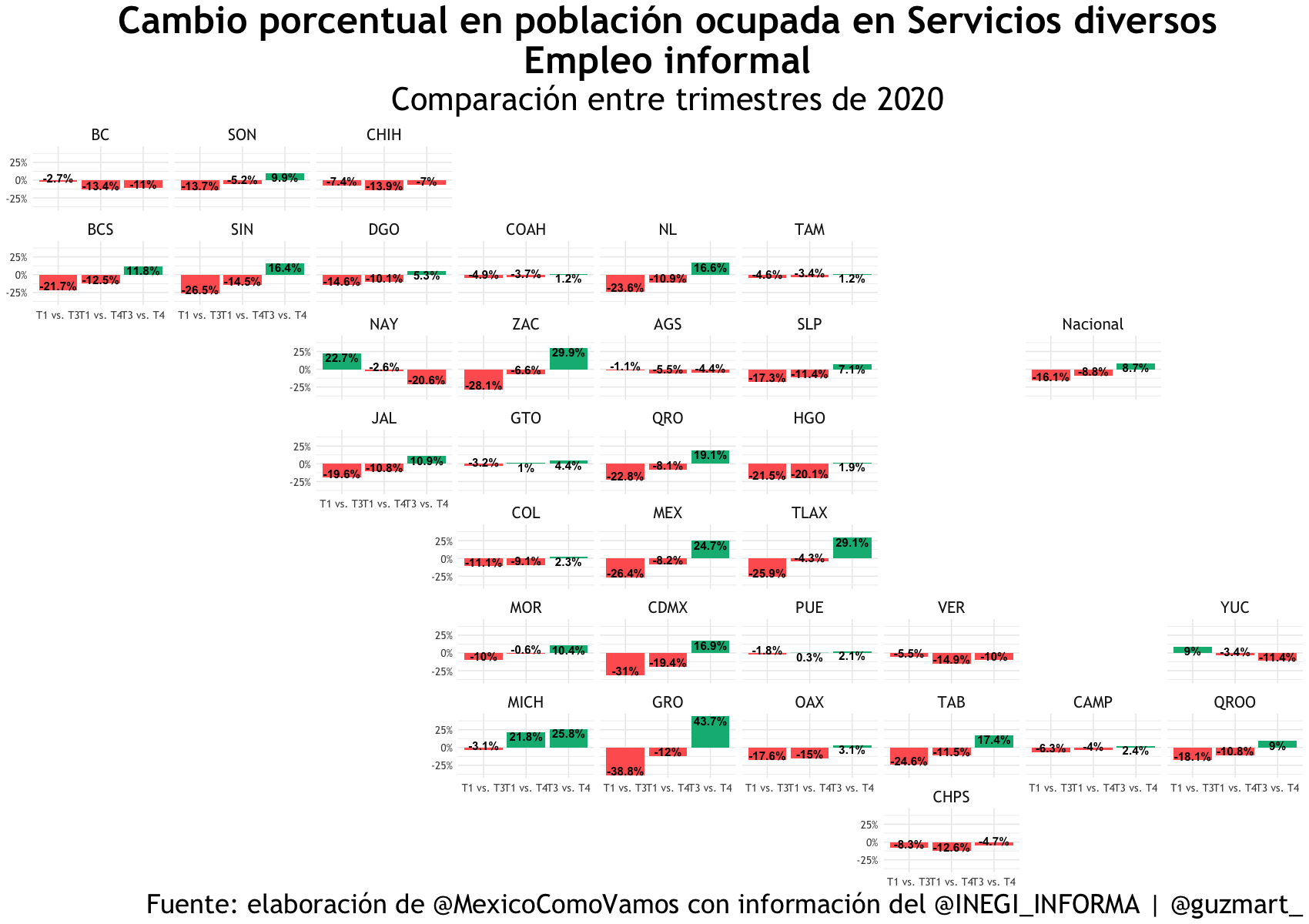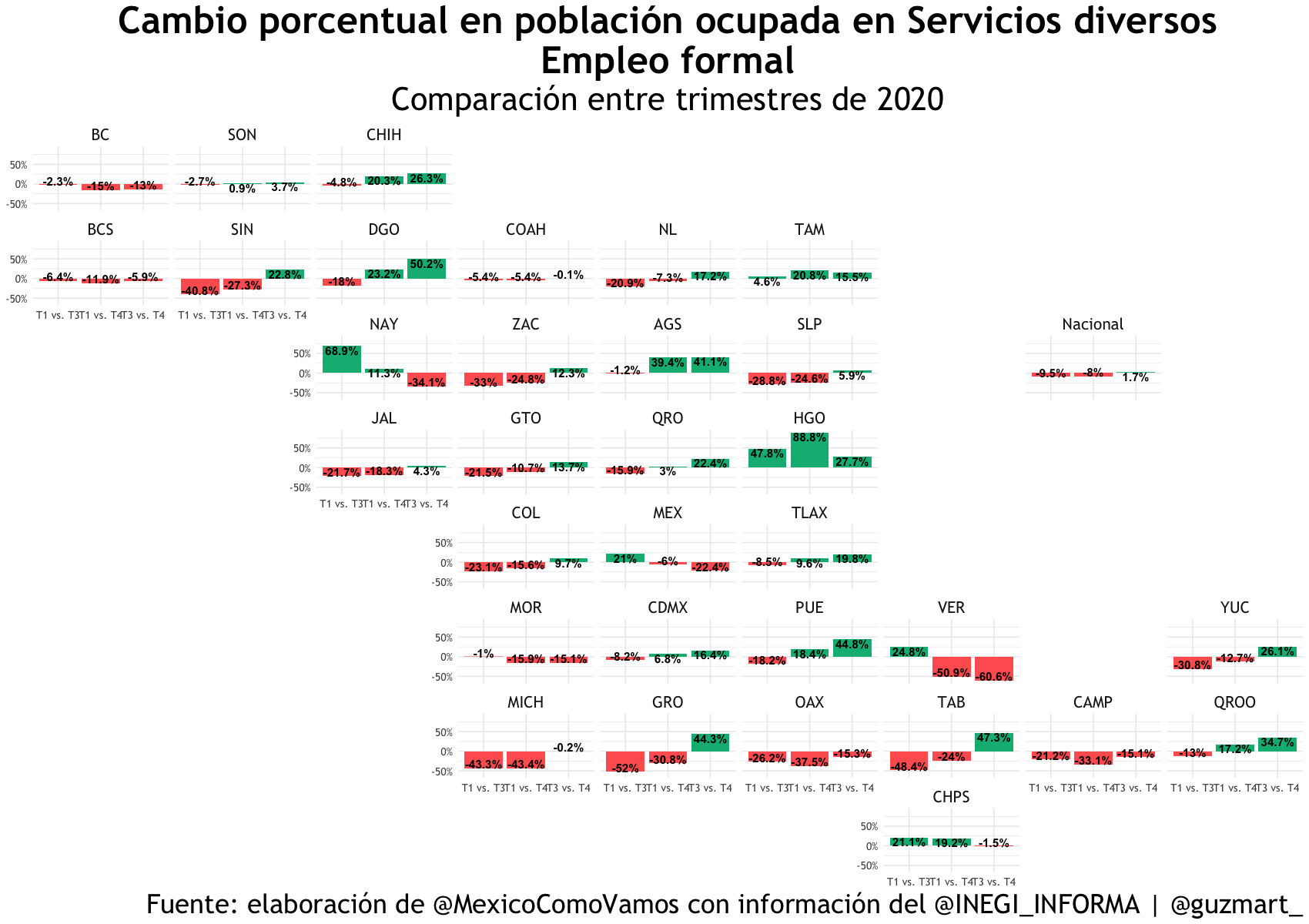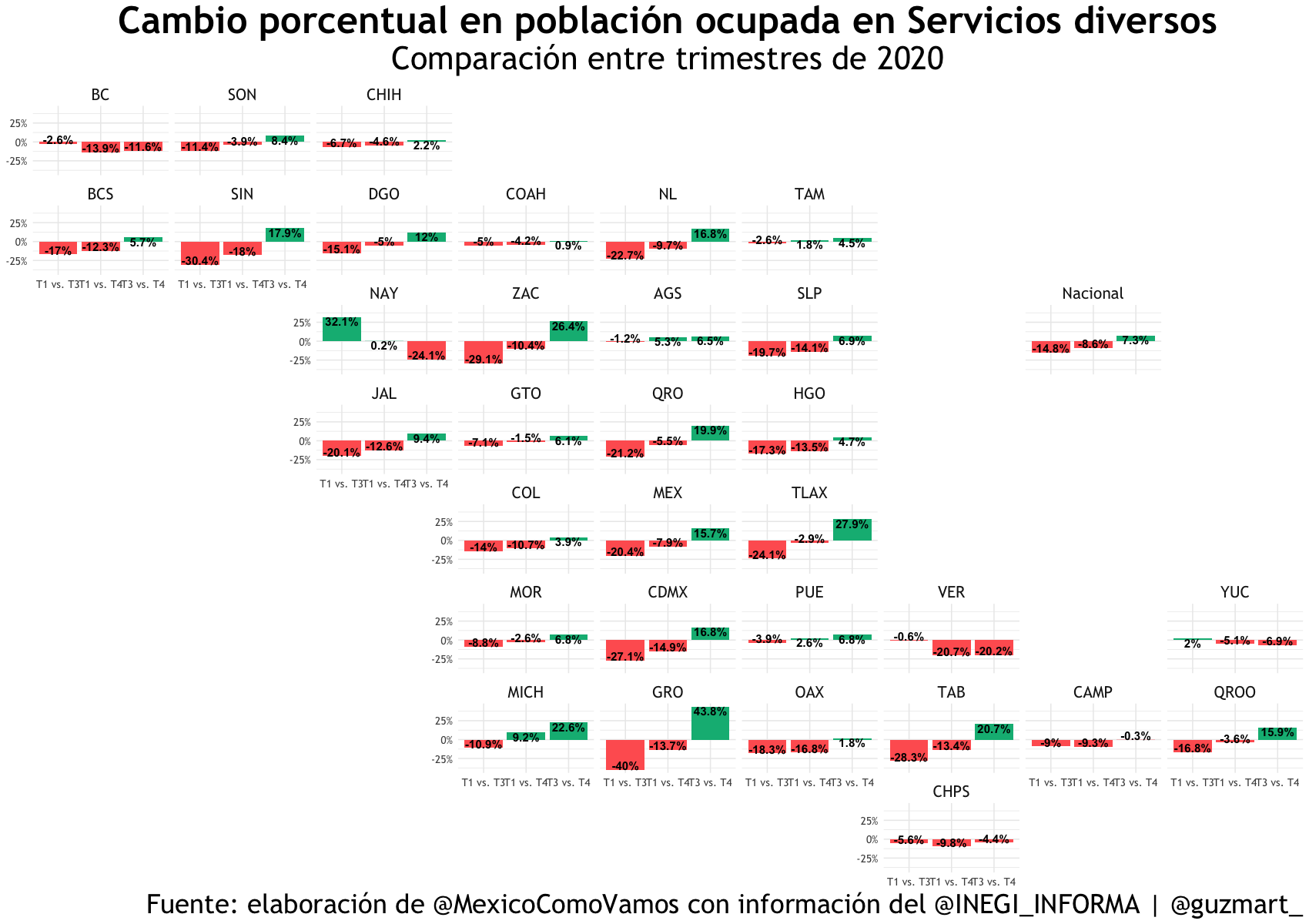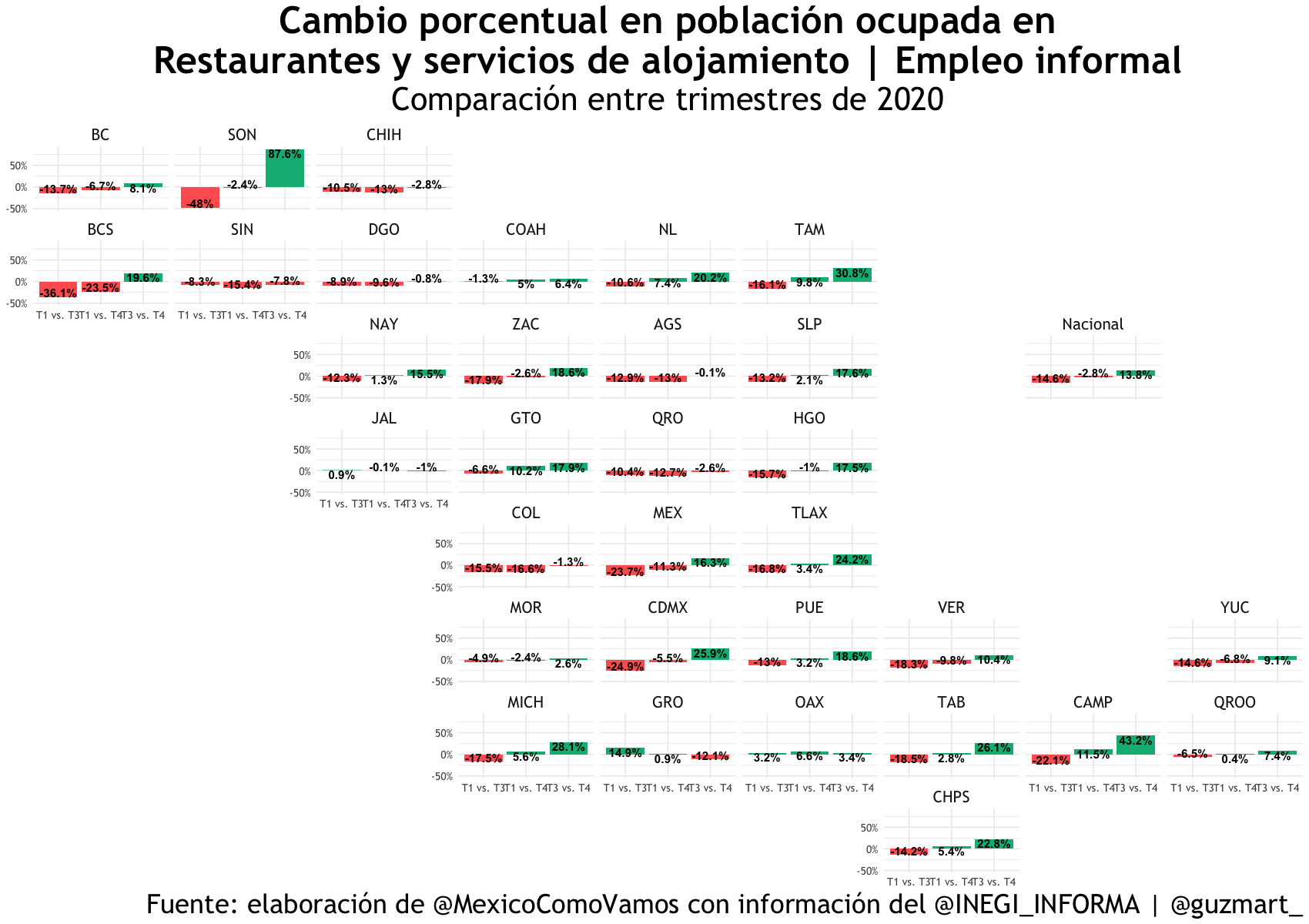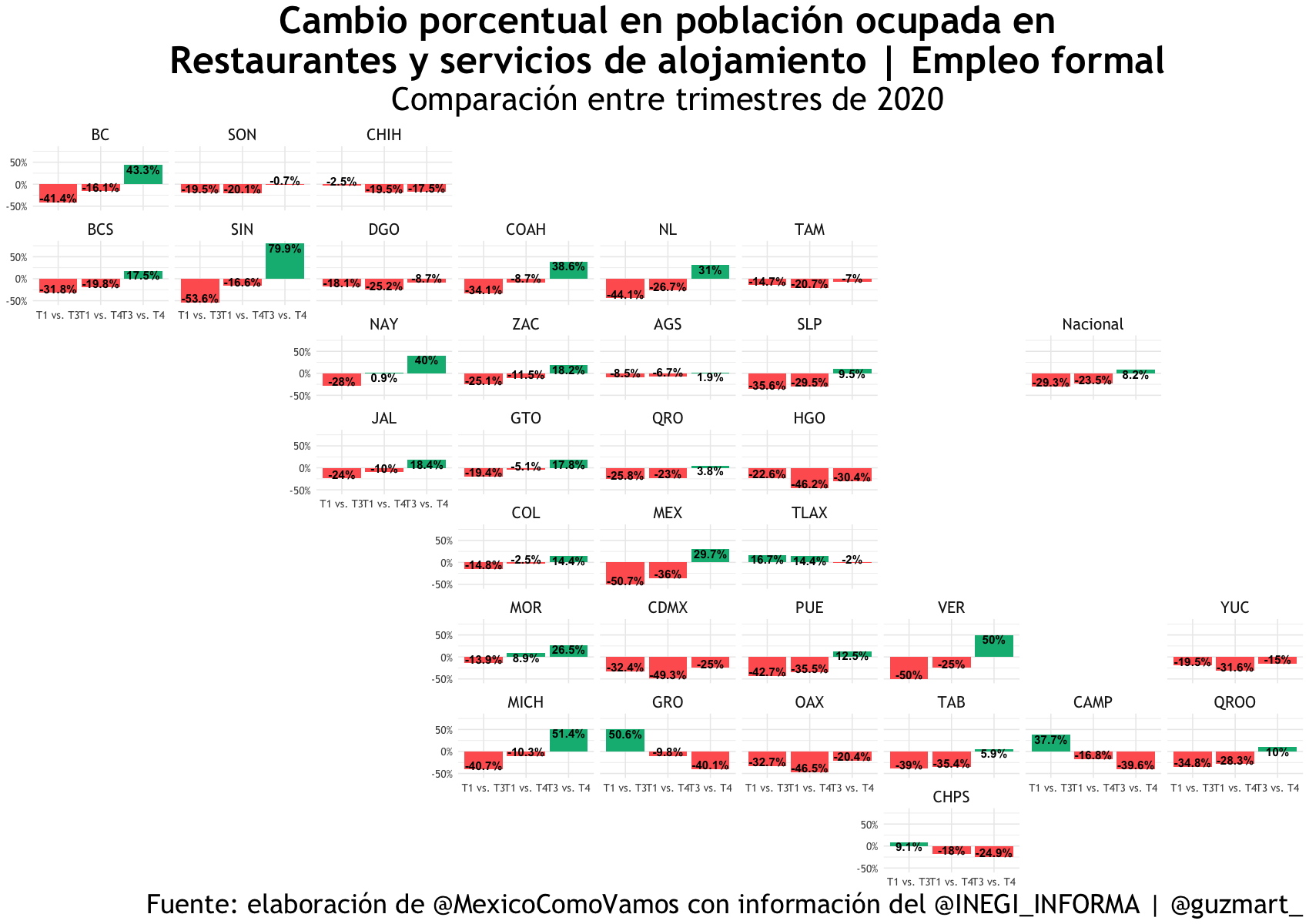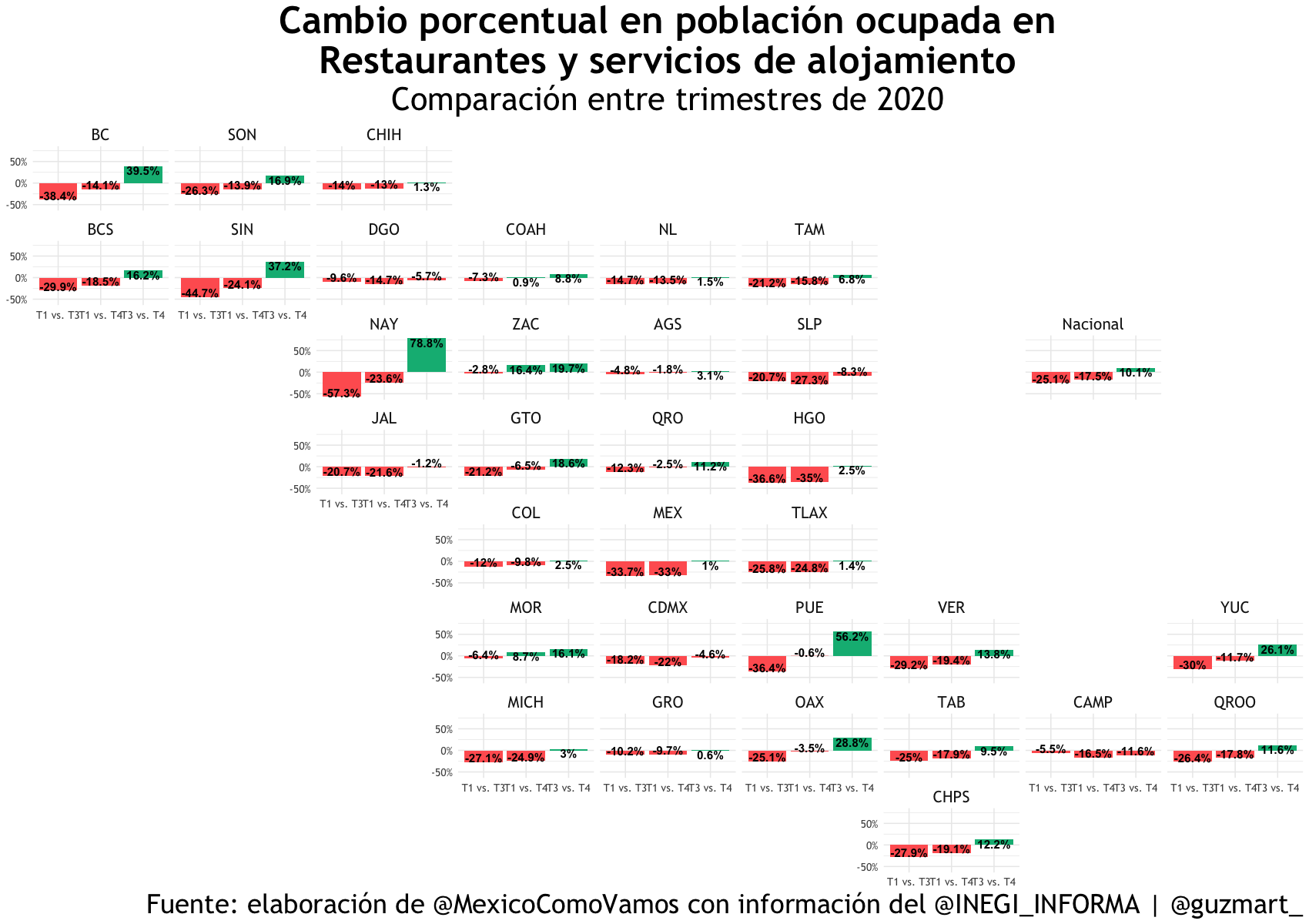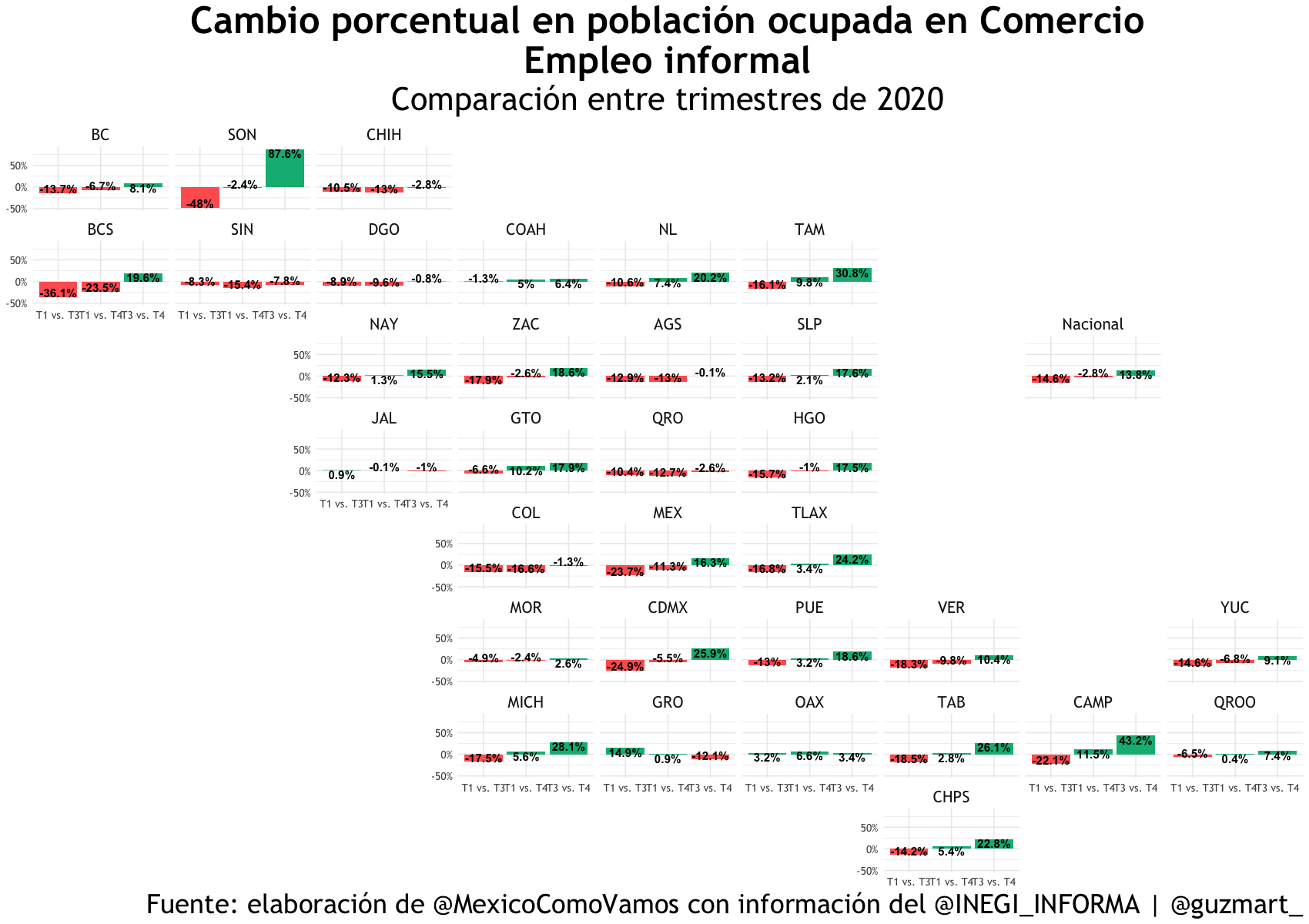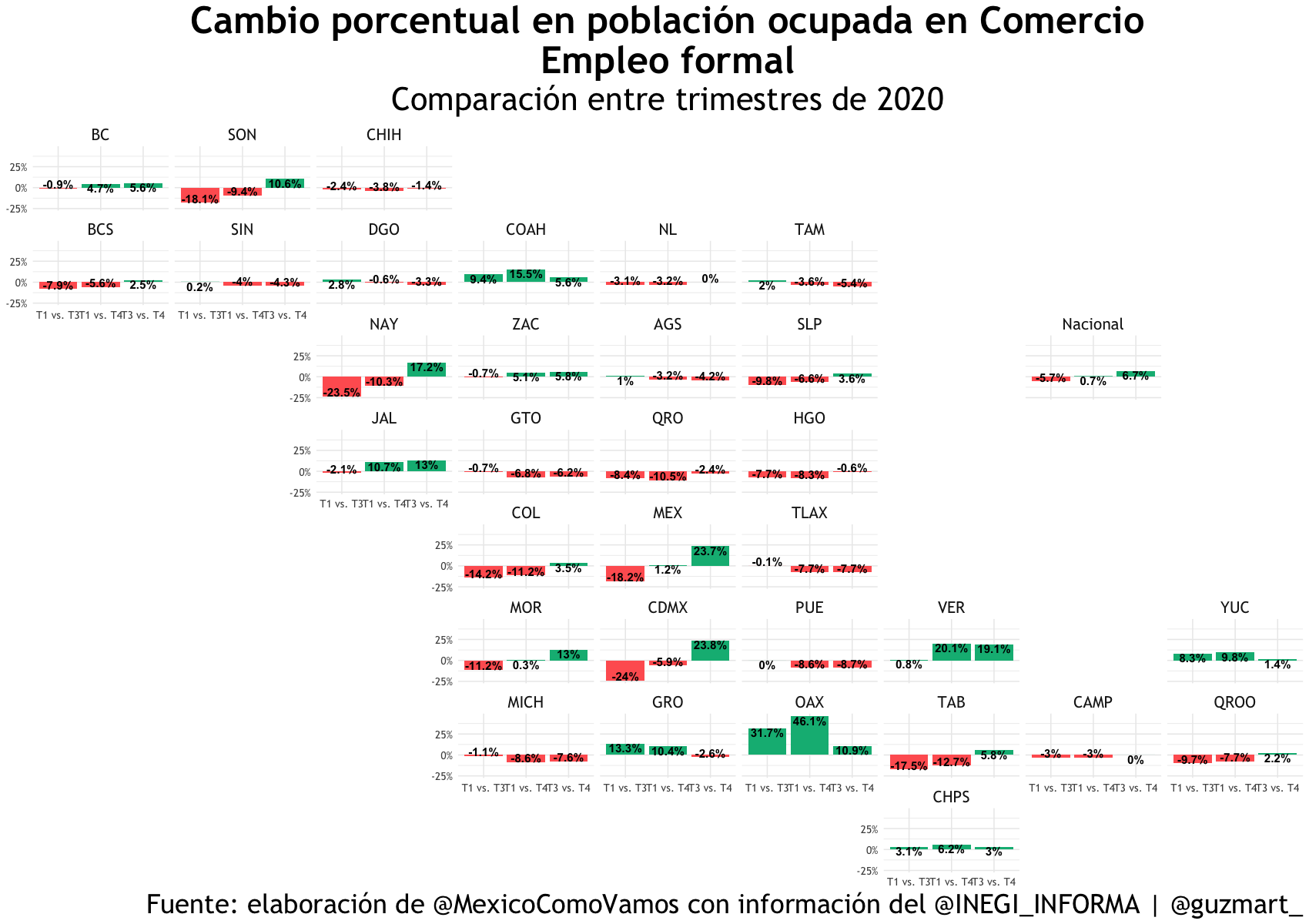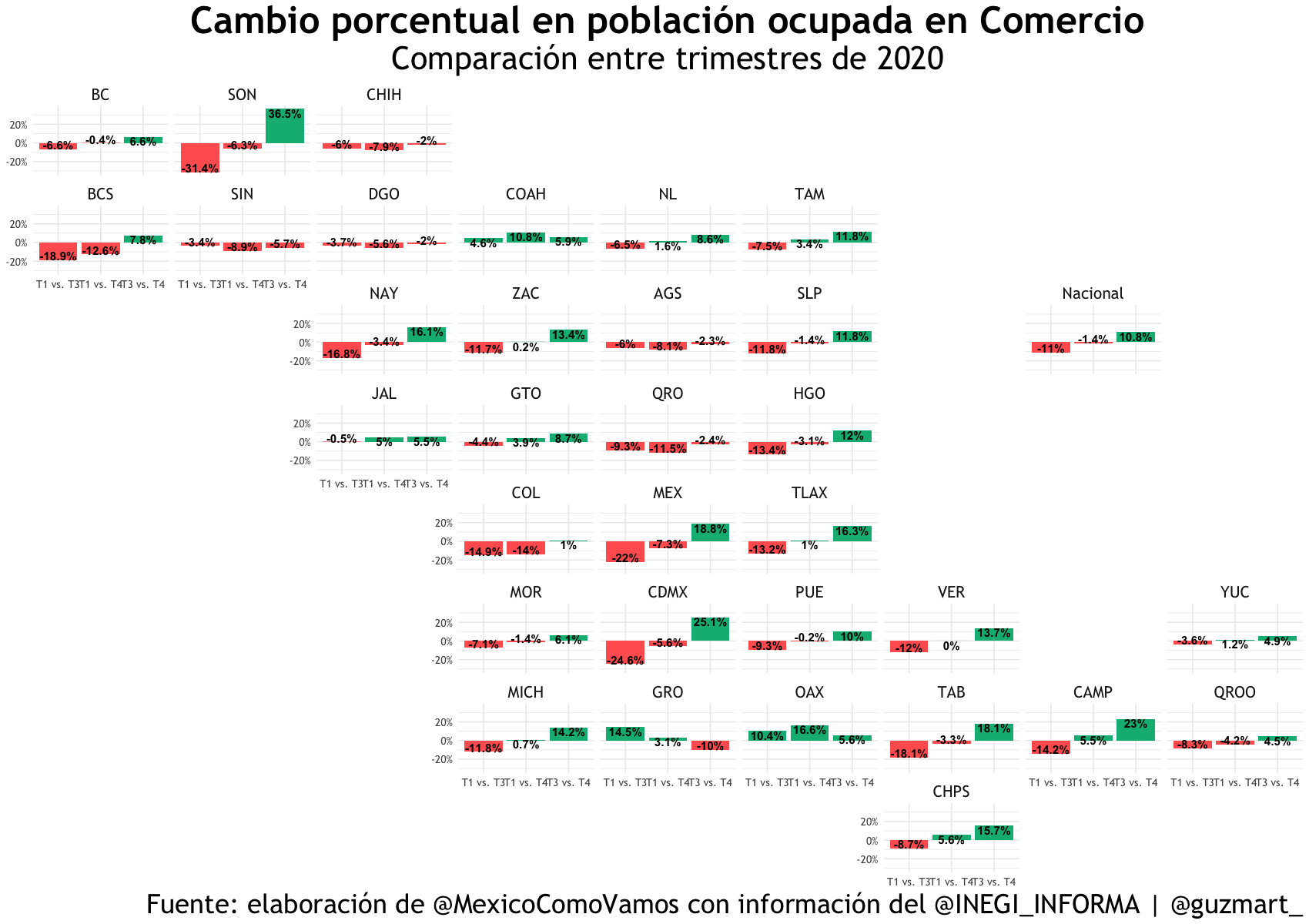
When we talk about effective labor integration, we must talk about the guarantee of human and labor rights. The integration of migrant workers must go beyond providing administrative documents and visas. Socioeconomic integration programs must be designed to consider issues of health, education, as well as financial and social inclusion.
In this sense, one of the most relevant trade agreements for Mexico and the North American region is USMCA, in addition to being one of the great achievements in labor matters and labor rights. As an example, Chapter 23 of this agreement establishes the trilateral obligation to respect and enforce labor rights recognized in international declarations and conventions that are considered fundamental.
Specifically, article 23.3 points out four important references to avoid the violation of migrants’ labor rights, among which it is established: a) freedom of association and the effective recognition of the right to collective bargaining; b) the elimination of all forms of forced or compulsory labor; c) the effective abolition of child labor and, for the purposes of the Treaty, the prohibition of the worst forms of child labor; and, d) the elimination of discrimination in employment and occupation. It is important to highlight that, in Mexico, USMCA’s entry into force gave way to a series of changes and labor reforms to comply with and guarantee the above.
Considering the migration context in Mexico, in the years following the pandemic record numbers of migrants entering Mexico were recorded. Most of the foreign population that enters the country has the United States as its first destination country. However, more migrants see Mexico as a destination country. It is thus necessary to ask ourselves what are the conditions that our country has to integrate foreigners into the formal labor market, and in this the regular channels take on special relevance.
In this sense, the International Organization for Migration (IOM), United Nations’ representative for migration issues, is working in coordination with various relevant actors to promote the use of existing regular routes – passing through border posts with the proper documentation — and in analyzing the implementation of complementary pathways for the benefit of the migrant population —referring to international protection in migratory transit—, especially when dealing with migrants in vulnerable conditions, which requires a humanitarian response. Therefore, the response to the needs of migratory flows in Mexico must be built recognizing Mexico as a country of origin, transit, destination and return.
The IOM has a global strategy that seeks to foster the potential underneath migration through three fundamental objectives: i) save lives and protect migrants, ii) offer solutions to displacement and iii) facilitate pathways for regular migration that allow access to formal jobs, making them more accessible and inclusive, and avoiding risky situations that violate human rights such as human trafficking, restriction of labor rights guarantees, low-wage schemes, among others. Likewise, IOM’s work is aligned with the 2030 Agenda, the Global Compact on Migration, International Labor Organization Conventions, as well as international mobility guidelines, treaties and agreements. The IOM also considers benefits of agreements such as the USMCA for the North American region.
In accordance with the changes in the economic sector and its direct relationship with migration, we believe it is essential to diversify regular routes in the face of changes in supply chains and the effect of nearshoring in the region. In this vein, if we consider the vacancies in the United States’ private sector and the need for workforce in key sectors for nearshoring in Mexico, it is imperative to answer the following questions: is Mexico prepared for the impact of nearshoring in terms of workforce needs? Does the issuance of visas match the needs of the private sector and the migrant population? Do public policies and programs reflect the needs of the economic sector?
In this socio economic scenario, the IOM strives to strengthen regular routes and analyze alternative routes. In this regard, we will mention two specific examples. The first refers to the implementation of the Labor Channeling Mechanism (MECAL, its acronym in Spanish), a comprehensive system with the objective of incorporating migrants in the formal labor market and to achieve their effective socioeconomic integration in an autonomous and sustainable manner, under the principles of pan-governmental and pan-social autonomy, as well as sustainability. The second example is the operation of a pilot program that lays the foundations for an Ethical Recruitment Corridor between Mexico and Canada, through which we have confirmed the need for flexibility to increase job opportunities for Mexican men and women abroad, while safeguarding their labor rights. Likewise, main challenges have been identified to facilitate these labor movements, including migrant working women’s special needs.
In conclusion, these are some relevant ideas to broaden integration opportunities for migrant populations: (i) visas must be inserted in the framework of labor mobility programs that guarantee migrant workers’ human and labor rights, their protection and their autonomy; (ii) the USMCA framework has the potential to directly impact the various economic sectors of the three countries, taking advantage of its benefits; (iii) it is essential to identify the main challenges and barriers involved in the labor integration of migrants in the three countries under the USMCA framework to provide dynamic solutions, based on evidence and with a future-oriented perspective. Furthermore, considering the impact of nearshoring, large development projects and Foreign Direct Investment: (iv) the foundations must be laid so that labor mobility programs and their visas are operated efficiently and have the necessary conditions to meet the demand.
References
Tablero Estadísticas sobre Movilidad y Migración en México (2023) Unidad de Política Migratoria, Registro e Identidad de Personas, Secretaría de Gobernación y ONU Migración.
Click on the postcard below to go to the site.
